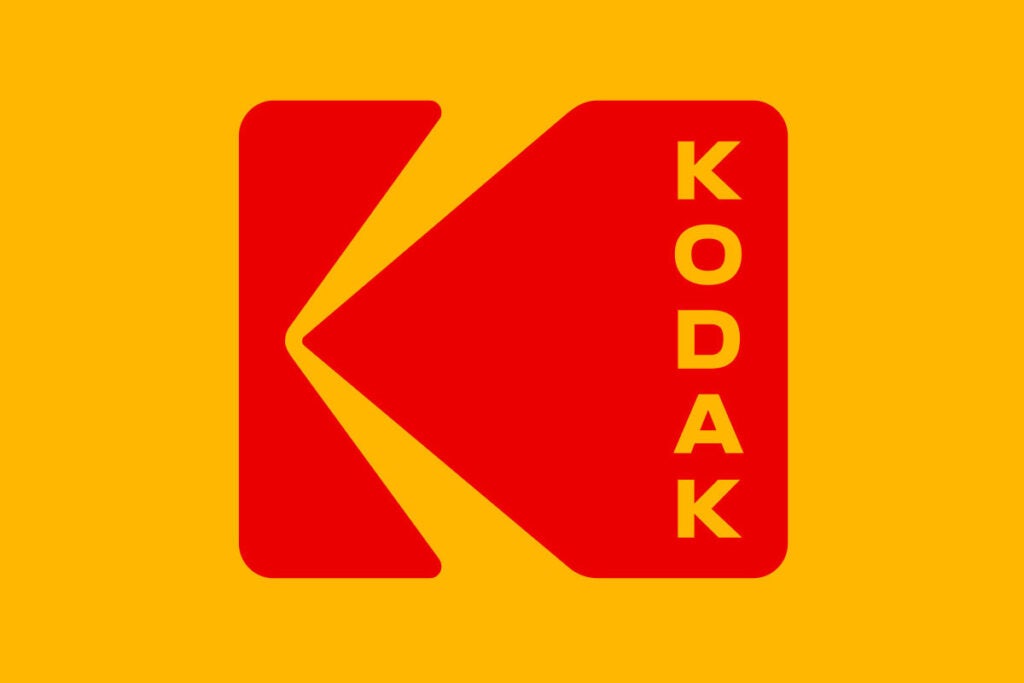A new report by New Statesman Media Group, in partnership with Kodak, reveals that brands across sectors are rethinking print strategy in the context of driving better environmental standards. Worryingly, however, print providers are not commonly seen as vital partners on that journey. For both brand and printer to succeed, this needs to change.

Image credit: STILLFX/Shutterstock.com
We often hear that sustainability must be placed at the heart of strategic decision making, but what does that look like in practice? Differing standards, attitudes, requirements, and abilities across industries and geographies can make that a difficult question to answer.
New Statesman Media Group, in partnership with Kodak, sought to gauge the extent to which consensus is emerging around the sustainability agenda – and how it is impacting current and long-term decision making. More specifically, they wanted to measure the extent to which enterprises saw print and their print partners as playing a key role in helping drive those sustainability efforts.
They surveyed more than 100 individuals with print-buying authority across an array of brands and sectors – including media, print and publishing; manufacturing; pharma, chemicals and healthcare – asking where their businesses stood on their respective sustainability journeys; the challenges and hindrances they face; the role print plays in unlocking new standards and possibilities; and how their print suppliers might help them along this journey.
The results are published in ‘An environment for success: Why the print industry must serve its customers as a sustainability partner of choice‘, a report that should serve as a wake-up call for the print industry. It reveals a clear and growing agreement across industries that sustainability is moving closer to the heart of business strategy. 83.9% of those with print buying authority in North America and Europe cited the importance of sustainability in strategic decision making, with more than half of all respondents citing the pandemic as accelerating the direction of travel.

In addition to unprecedented operational challenges since March 2022, pressure to adapt is coming from multiple angles. A significant proportion of those surveyed cited changing consumer behaviours and demand, shifting regulatory and legislative requirements, and reputational risk as being instigators of change.
But while most respondents were aware of the need to change at speed, responses revealed a widespread lack of clarity around requirements, perceived cost of reforming practices, and a lack of suitable solutions/options as being blockers to change. Interestingly, the proportion saying their print partners were not playing a significant role in helping to find solutions to these challenges was larger than that citing their contributions as vital.
This needs to change. Less than a fifth say that sustainability credentials are not a significant contributing factor to print partner selection, yet only 28% expect to seek greater input from those partners when it comes to investigating their options.

This puts the impetus on printers to instigate these conversations. The opportunities for those who do so successfully are significant. As an example, 64.3% of respondents for whom packaging is a significant element of print expenditure expect to increase spending over the next two years as a direct result of their sustainability efforts. Over 40% expect to introduce new materials or coatings and/or explore new designs to reduce bulk.
This all points to a significant change in print requirements and activities. Those that can serve as partners of choice for the growing number of brands embarking upon this journey will not only help drive environmental wins but also make their businesses more sustainable across the longer term.

